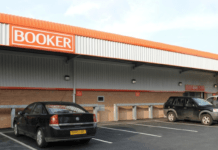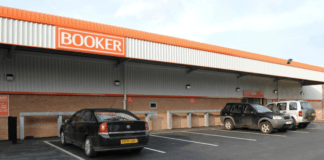
Q1: How important are price-marks in independent retail?
Guy Gissing: 58% of shoppers buy more when products are on promotion, making PMPs an important tool to driving cash & carry sales. 65% of retailers report that their sales of price-marked packs have risen in the past 12 months and 76% think that PMPs improve a store’s price image.
Richard Wood: PMPs are particularly important in the tobacco category, with the upcoming retail display ban, now is the time for independents to show adult smokers they are providing the best price on all their tobacco products; this will put PMP stockists ahead of the crowd.
Dave Turner: With consumers facing smaller disposable incomes they are often looking for value for money and PMPs can provide a strong solution to help retailers boost their sales. PMPs make consumers feel confident that they are receiving a good deal and in turn are more likely to make a purchase.
Natalie Briggs: PMPs are very important within the convenience channel – our research shows that 60% of shoppers would not consider buying beer from a convenience store unless it was price marked. 65% of convenience shoppers surveyed would buy premixed cans if price marked.
Susan Nash: Shoppers are looking for clear and transparent pricing information to help make their hunt for value easier, with price-marked packs providing one possible solution – one third of shoppers describe clarity and transparency as the major benefit of PMPs.
David Willey: 44% of consumers would buy price-marked on impulse with soft drinks having the highest purchase intent of any product category. Three-quarters of shoppers also say they believe price-marked packs improve a store’s price image, which demonstrates a clear consumer demand towards price reassurance.
Q2: How important are price-marks in respective categories?
Susan Nash: Confectionery is appropriate for PMPs as it’s so impulsive – 97% of people buying single bars of chocolate would buy a PMP. Wholesalers can educate retailers by advising them to make sure they have a great display in key areas so consumers can see PMPs and to maximise impulse purchasing – 68 per cent of shoppers don’t see confectionery while in store, and of those who do, 80 per cent usually purchase.”
Guy Gissing: Over half of all soft drinks growth is currently being driven by price-marked packs. The soft drinks market in Impulse is worth £1.8bn with half of all the growth being driven by price marked packs. This varies significantly by category, with the biggest growth coming from carbonates at more than 60%.
Richard Wood: In terms of total cigarette volume, PMPs accounted for 32.1% to date in 2013 compared to 28.2% over the same period in 2012. The value of cigarette PMPs in independents and symbols is even greater, reaching 59.4% of total volume to date this year versus 54.6% over the same period in 2012.







